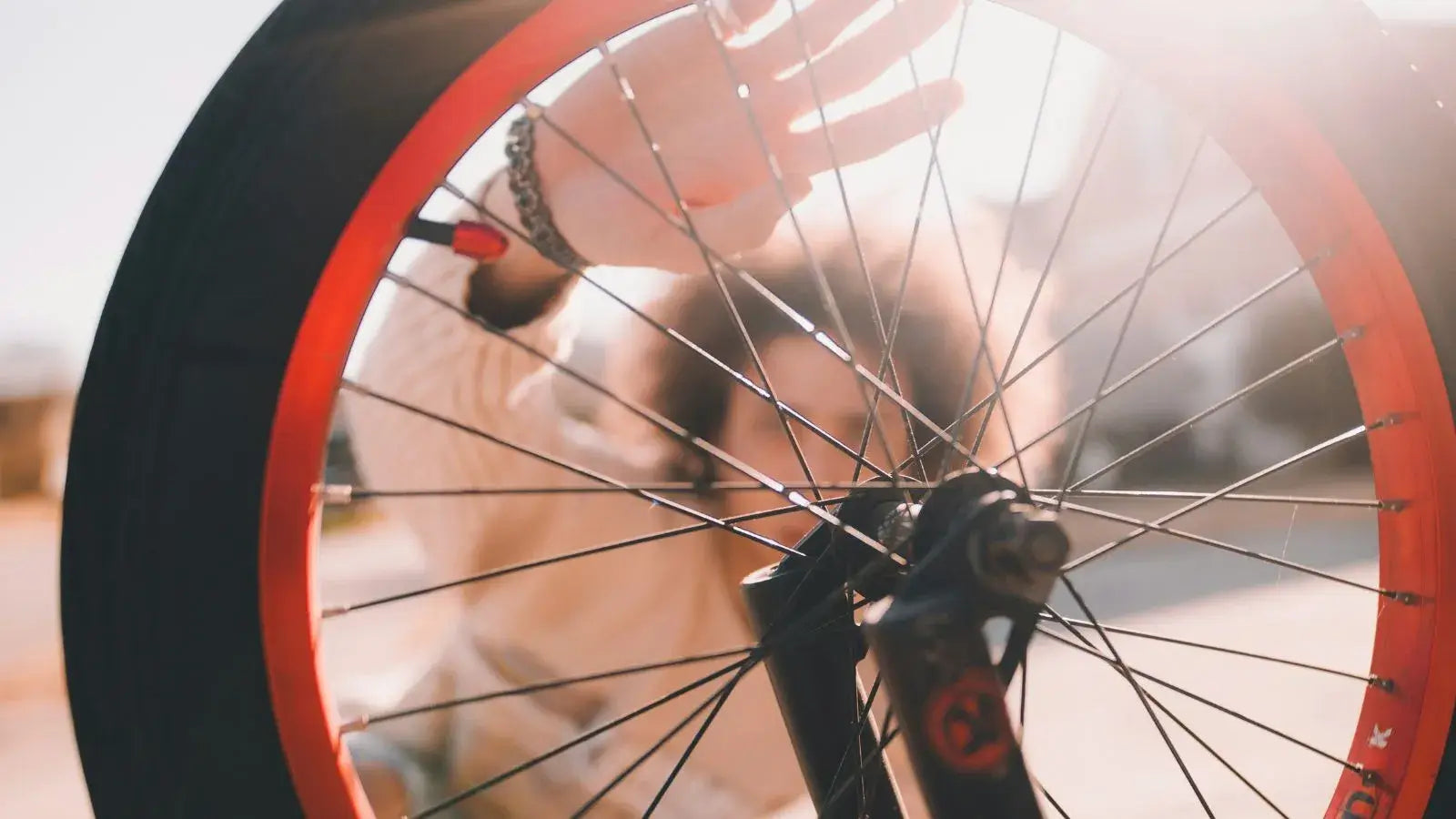
Adjusting Your Electric Bike Tire Pressure for Different Terrain and Riding Styles
Riding an electric bike is a fantastic way to enjoy the outdoors, commute efficiently, and get some exercise. However, to maximize your riding experience, it's essential to adjust your electric bike tire pressure according to the terrain and your riding style. Doing so can improve your bike's performance, ensure your safety, and extend the life of your tires.
In this guide, we’ll explore how to adjust your electric bike tire pressure for different terrains and riding styles. We'll also discuss the importance of checking tire pressure regularly and how to do it effectively.
Understanding Electric Bike Tire Pressure
Before we dive into specifics, let's understand what tire pressure means. Tire pressure is measured in pounds per square inch (PSI) and indicates how much air is in your bike's tires. The right PSI can make a significant difference in how your electric bike performs.
Why Is Tire Pressure Important?
Proper bike tire pressure is crucial for several reasons:
1. Safety: Correct tire pressure helps maintain traction and control, reducing the risk of accidents.
2. Efficiency: Properly inflated tires reduce rolling resistance, making your ride smoother and more efficient.
3. Durability: Maintaining the right pressure helps prevent flats and prolongs the life of your tires.
Adjusting Tire Pressure for Different Terrains
Different terrains require different tire pressures to ensure optimal performance. Here’s how to adjust your electric bike tire pressure based on the terrain you'll encounter.
| Terrain Type | Pressure Range (PSI) | Recommendation |
| Pavement and Urban Roads | 60-80 PSI | Higher PSI for smoother, faster ride. |
| Off-Road and Rough Terrain | 30-50 PSI | Lower PSI for better grip and shock absorption. |
| Wet and Slippery Conditions | Slightly Reduced from Normal | Slightly reduce PSI for better traction. |
Pavement and Urban Roads
For smooth city streets and paved roads, higher tire pressure is usually better. A higher PSI reduces rolling resistance, making your ride smoother and faster. Most electric bike tires for city riding should be inflated to 60-80 PSI. However, always check the tire sidewall for the manufacturer's recommended pressure range.
Off-Road and Rough Terrain
Riding on trails, gravel roads, or rough terrain requires a different approach. Lowering your tire pressure increases the tire's contact area with the ground, providing better grip and shock absorption. For off-road riding, aim for a pressure range of 30-50 PSI. This adjustment will help you tackle obstacles with ease and provide a more comfortable ride.
Wet and Slippery Conditions
In wet conditions, reducing tire pressure slightly can enhance traction by allowing more of the tire to contact the slippery surface. However, avoid going too low, as this may increase the risk of pinch flats. Maintaining a balance between grip and protection is key.
Adjusting Tire Pressure for Different Riding Styles
Your riding style also influences the optimal tire pressure for your 26 inch bike tires. Whether you're a leisurely rider or a speed enthusiast, adjusting your tire pressure can enhance your experience.
Recreational Riding
For casual, recreational riding, comfort is usually the priority. A moderate tire pressure, around 50-70 PSI, offers a good balance between comfort and efficiency. It allows the tire to absorb minor bumps and vibrations, providing a pleasant ride.
Commuting
If you're using your electric bike for commuting, you'll want a slightly higher tire pressure to improve efficiency and reduce rolling resistance. Aim for a range of 60-80 PSI, depending on your weight and the load you carry.
Sport Riding
For sport riding or racing, you'll want maximum efficiency and speed. Higher tire pressures, typically between 80-100 PSI, reduce rolling resistance and allow you to maintain higher speeds. However, ensure your tires and rims can handle the higher pressure.

How to Check and Adjust Tire Pressure
Regularly checking and adjusting your tire pressure is crucial for maintaining optimal performance. Here’s how to do it:
Tools You’ll Need
-
Tire pressure gauge: A reliable gauge is essential for getting accurate readings.
-
Bike pump: A pump with a built-in pressure gauge is ideal for making precise adjustments.
Leoguar Wireless Tire Inflator Pump, priced at $119, this multifunctional device makes inflating your e-bike tires and sports equipment a breeze. It’s designed for versatility, also compatible with cars, motorcycles, and even basketballs.
Featuring a one-touch inflation mode, it allows for quick and effortless adjustments, ensuring that you’re always prepared for your next ride.
Steps to Check Tire Pressure
1. Locate the valve: Find the valve on your electric bike tire. It could be a Schrader or Presta valve.
2. Use the pressure gauge: Attach the tire pressure gauge to the valve and read the current PSI.
3. Adjust the pressure: Use your bike pump to add or release air until you reach the desired PSI.
Common Mistakes to Avoid
When adjusting your fat tires ebike tire pressure, avoid these common mistakes:
-
Overinflation: Too much pressure can lead to a harsh ride and increase the risk of a blowout.
-
Underinflation: Too little pressure can cause sluggish handling and increase the likelihood of flats.
-
Ignoring manufacturer's recommendations: Always check the tire sidewall for the recommended PSI range.




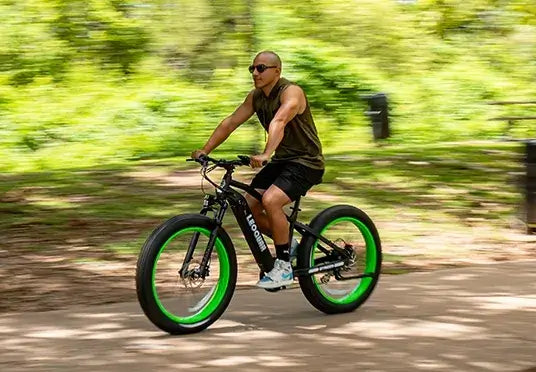
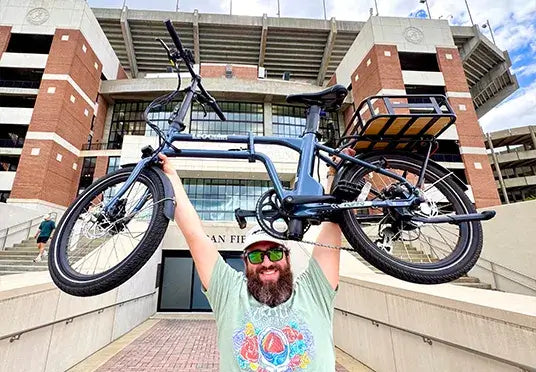
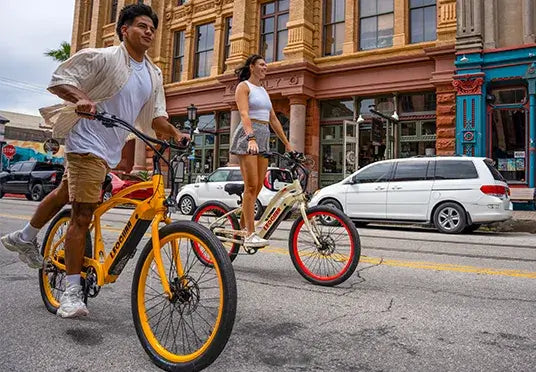
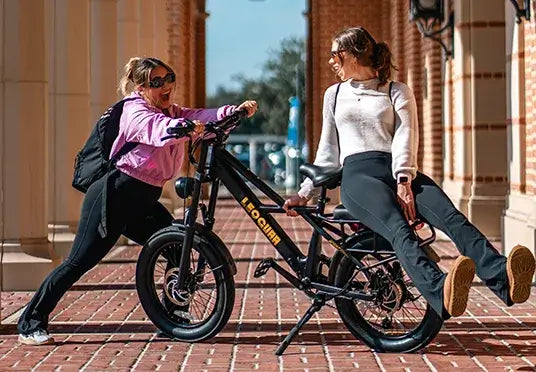
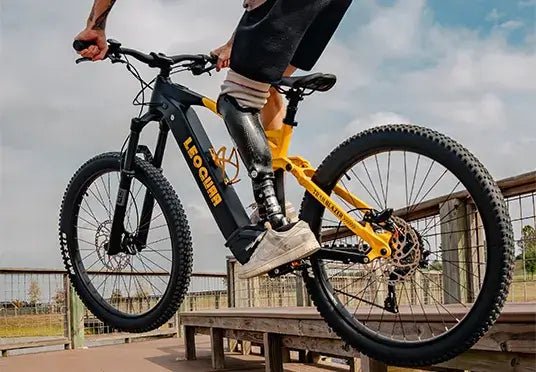

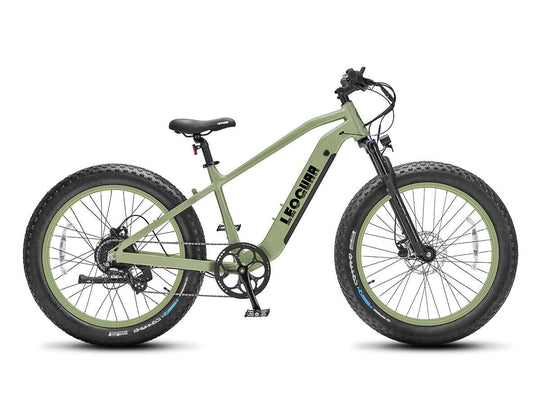
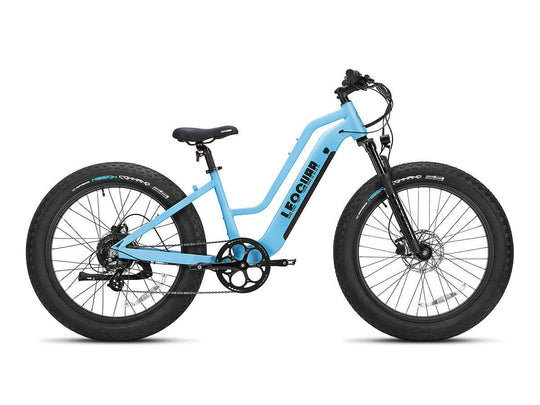
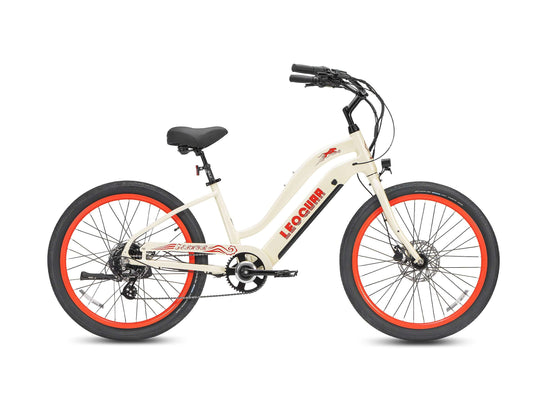
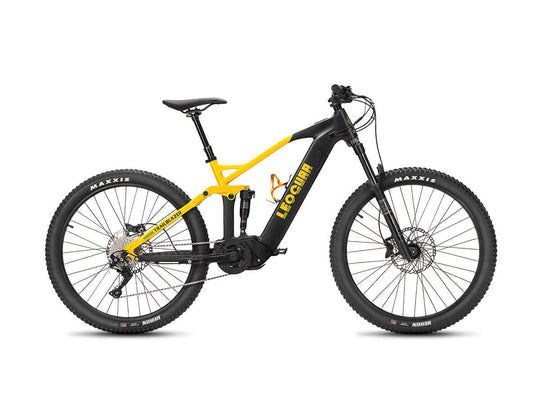

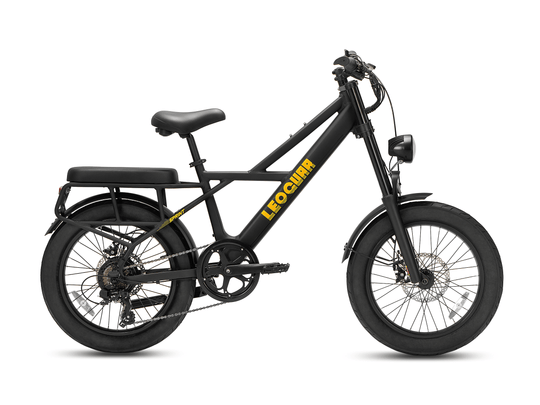
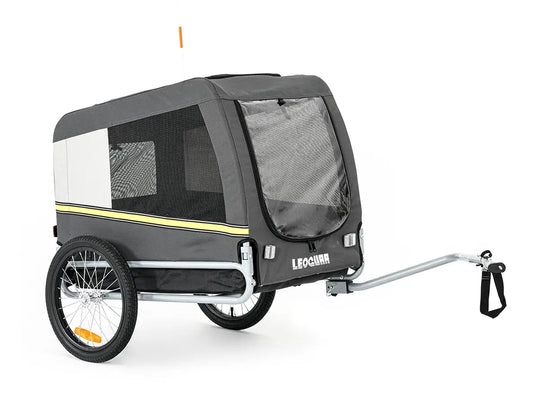
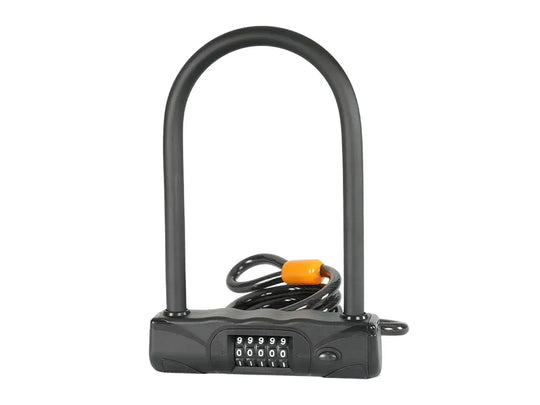

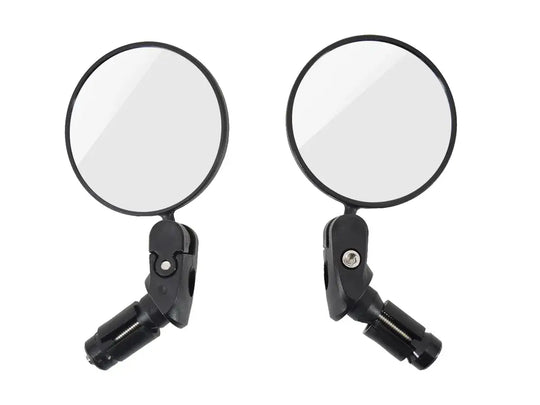
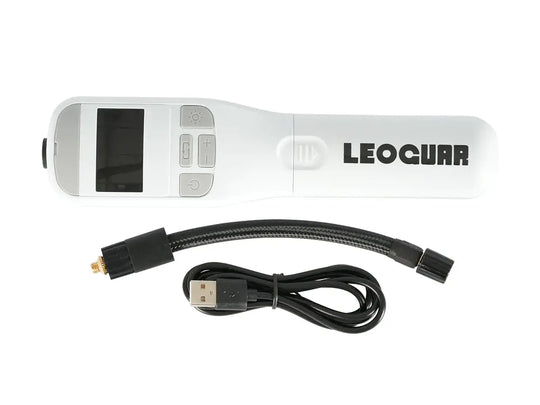
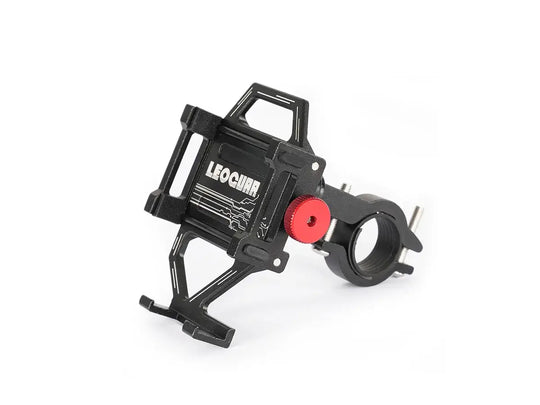
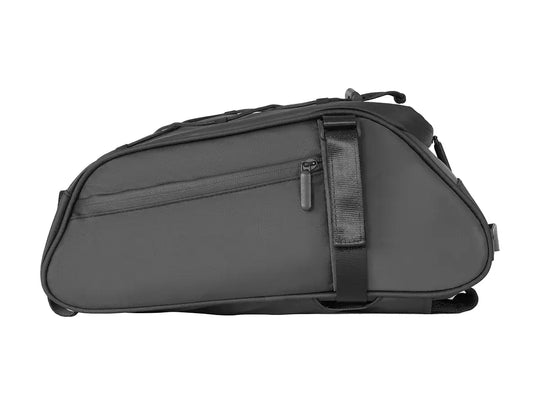
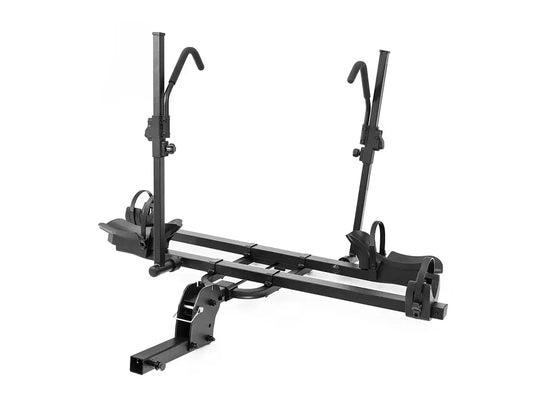
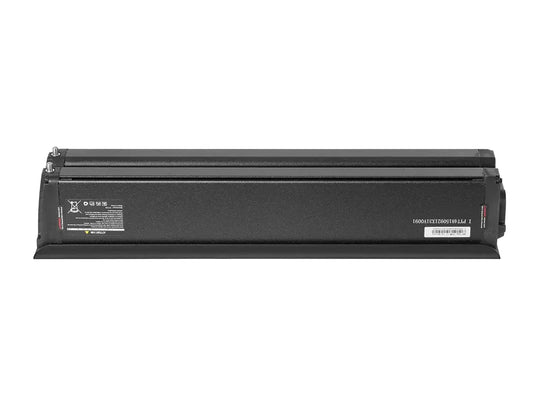

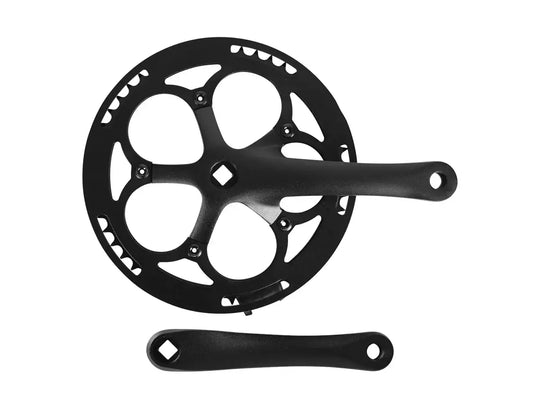
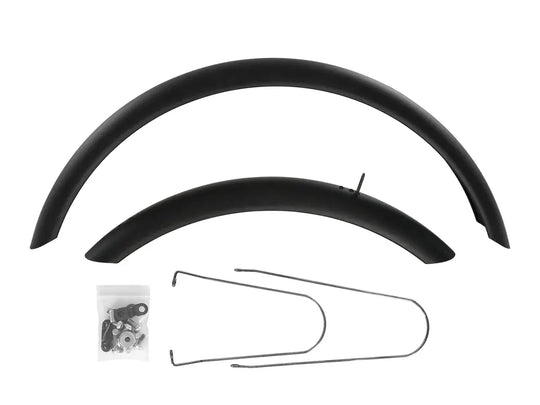
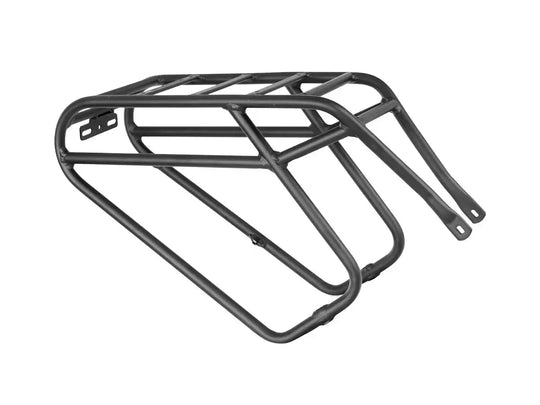
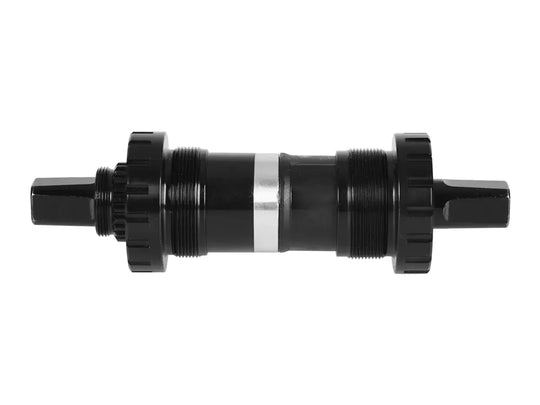
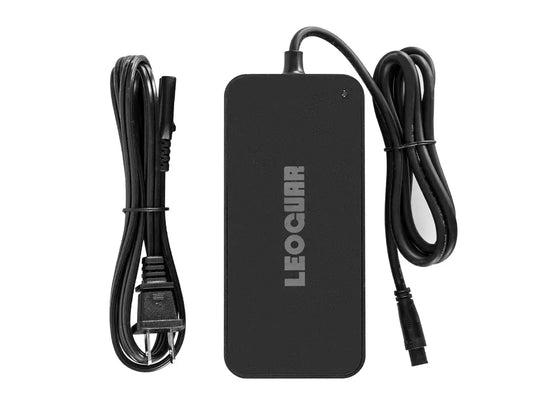
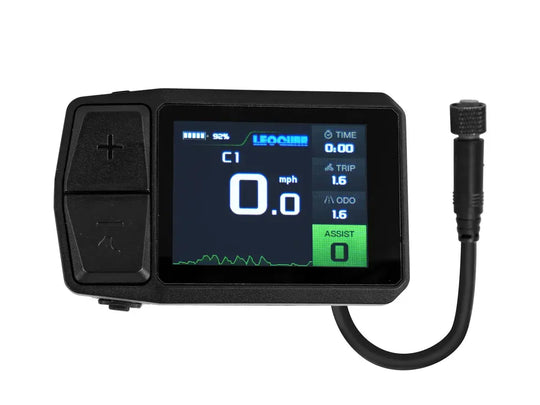








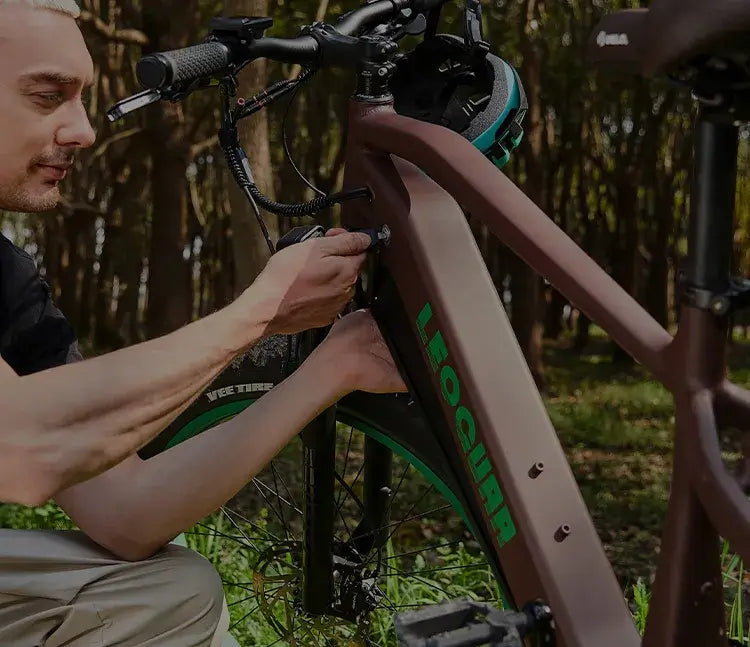
Leave a comment